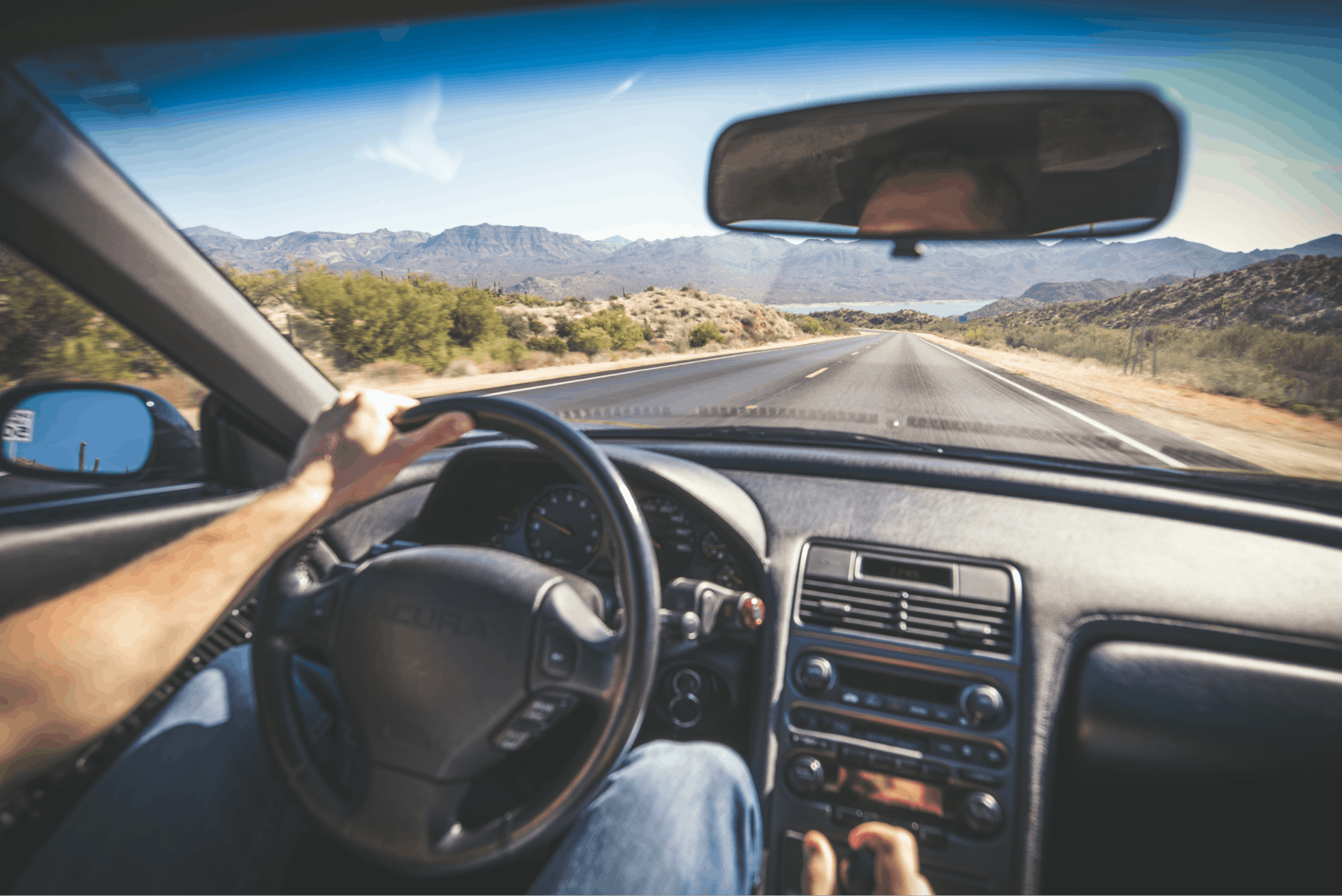All prices shown here are based on various data sources, as detailed in About Our Prices. The Hagerty Price Guide is for informational purposes only and is not intended as financial advice. More information on how forecast models are calculated can be found on Forecasted Values page. For additional information and a complete description of benefits, visit hagerty.com/legal. Purchase of insurance not required for membership in HDC. Hagerty, Hagerty Valuation Tools & Hagerty Drivers Club are registered trademarks of The Hagerty Group LLC, ©2025 The Hagerty Group, LLC. All Rights Reserved. The Hagerty Group, LLC is a wholly owned subsidiary of Hagerty, Inc.
1967 Honda CL77 305 Scrambler
Enduro
2-cyl. 305cc/28hp
#1 Concours condition#1 Concours
#2 Excellent condition#2 Excellent
#3 Good condition#3 Good
$4,800*
-2%
#4 Fair condition#4 Fair
Jun 2024
Let us watch the market for you
We update the Hagerty Price Guide each quarter. Sign up for alerts and we'll notify you about value changes for the cars you love.
1965-1968 Honda CL-77 stats
Highest sale
$120,000
Lowest sale
$550
Most recent sale
$6,930
Sales
88
Past sales
$6,930
1967 Honda CL77 305 Scrambler
14000 M
North America
Mar 4, 2025Bring a Trailer
View details
$6,300
1967 Honda CL77 305 Scrambler
6000 M
North America
Feb 6, 2025Bring a Trailer
View details
$8,250
1966 Honda CL77 305 Scrambler
8592 M
Standard
North America
Feb 1, 2025Mecum Auctions
View details
$6,050
1966 Honda CL77 305 Scrambler
11722 M
Standard
North America
Feb 1, 2025Mecum Auctions
View details
$8,800
1967 Honda CL77 305 Scrambler
17788 M
Standard
North America
Jan 31, 2025Mecum Auctions
View details
$9,900
1967 Honda CL77 305 Scrambler
33 M
Standard
North America
Jan 31, 2025Mecum Auctions
View details
Insurance
Protect your 1967 Honda CL77 from the unexpected.
Better coverage built for classics at a price you can afford. Online quotes are fast and easy
Model overview
Model description
One of the most collectible Hondas of the 1960s, the Honda CL77 was the Japanese company’s response to European “scramblers.” In 1963, Honda had introduced the CL72 Scrambler, a 250cc bike that stood high and wore a skidplate and upswept side pipes. The CL77 was then offered from 1965 to 1967, and the 1967 Honda CL77 Scrambler 305 was priced at $707.
A stout tubular frame cradled the air-cooled SOHC 305cc parallel-twin, which mated to a four-speed transmission. Familiar from the CB77 Super Hawk street bike, the twin had a bore and stroke of 60mm x 54mm, a 9.5:1 compression ratio, and a horizontally split crankcase that eliminated leaks. The output was 28 hp at 9,000 rpm, a surprisingly high engine speed for a production motorcycle of that era, although Honda’s small-displacement racing bikes revved much higher.
The Scrambler made do without the Super Hawk’s electric start. It rode on deeply ribbed 19-inch wheels and semi-knobby tires, had a slender aspect because of the small tank, and weighed about 320 pounds dry. Suspension was by a telescoping front fork with rubber gaiters, and there was a rear swingarm with twin shocks.
With a 52.4-inch wheelbase and 79.1-inch overall length, the Honda CL77 Scrambler’s compactness enhanced maneuverability and made for neutral handling. A twin-leading-shoe front drum brake provided assertive stopping power. The rider gripped the tall, braced handlebar, looked at the neutral indicator before selecting first gear, and enjoyed sonorous blasts from the upswept side pipes. After just three years on the market, the CL77 Scrambler was replaced by the larger-displacement CL350 in 1968.
Find more values
Search for prices of other cars, trucks, vans and motorcycles
Common Questions
The value of a 1967 Honda CL77 305 Scrambler can vary greatly depending on its condition, mileage, options, and history. Typically, you can expect to pay around $4,800 for a 1967 Honda CL77 305 Scrambler in good condition with average spec.
The highest selling price of a 1967 Honda CL77 305 Scrambler at auction over the last three years was $120,000. The highest prices are usually reserved for rare or exceptionally well-maintained examples with desirable features or modifications and excellent history.
The lowest selling price of a 1967 Honda CL77 305 Scrambler at auction over the last three years was $1,870. The lowest prices are usually paid for examples that have extensive maintenance needs, differ greatly from their original configuration, or have accident histories or title problems.
In the last three years there have been 23 1967 Honda CL77 305 Scramblers sold at public auction.
The most recent auction sale of a 1967 Honda CL77 305 Scrambler was $6,930 on March 04, 2025 by Bring a Trailer.
Many factors can increase a car's value including excellent condition, exceptional originality, a recent restoration, low mileage, unique provenance, desirable options, popular or unique color choices, and excellent maintenance records. Upgrades and modifications that enhance performance or aesthetics can also add value.
Factors that can decrease a car's value include unusually high mileage, poor maintenance history, visible wear and tear, accidents or damage, title issues, and gaps in ownership history. Additionally, less popular color choices and extensive modifications that don't appeal to a broad audience can reduce value.
Mileage plays a significant role in a classic car’s value. Lower mileage usually increases value because it indicates a higher degree of originality, is rarer, and suggests less wear and tear. However, cars with exceptionally low mileage may also have maintenance needs due to lack of use. Whether someone should pay more for a vehicle with lower miles will depend on how they plan on using it, and the vehicle's specific condition.
The value of modified cars differs widely based on the type and quality of modifications. While some modifications can significantly increase value, especially performance enhancements and high-quality custom work, others may not add much or could even detract from the car’s value if they appeal to only a limited audience.

